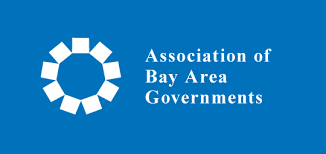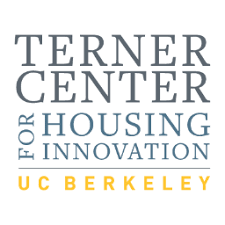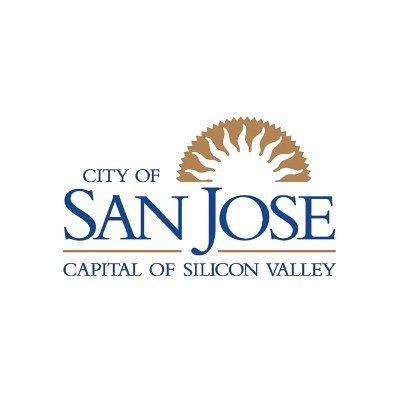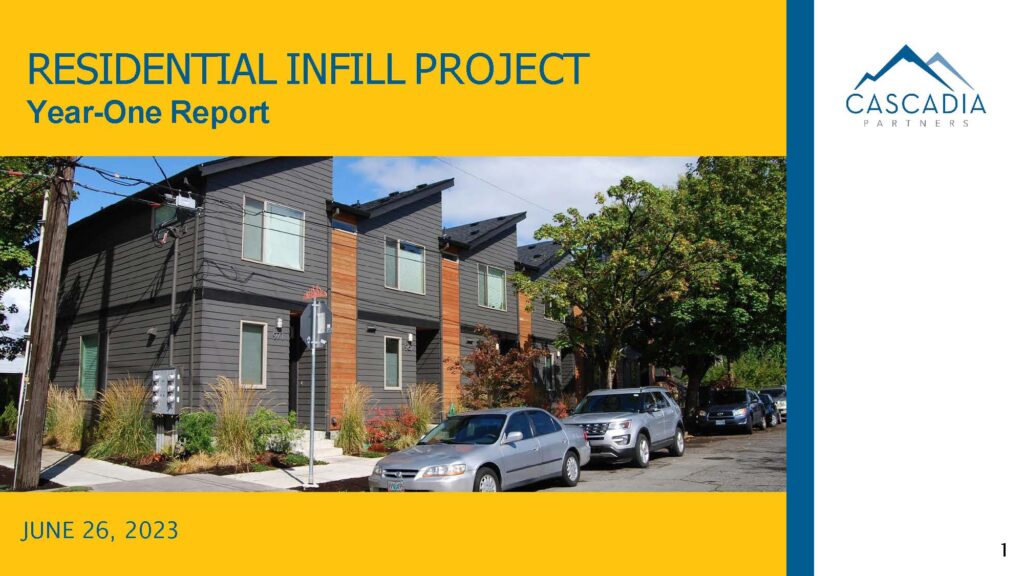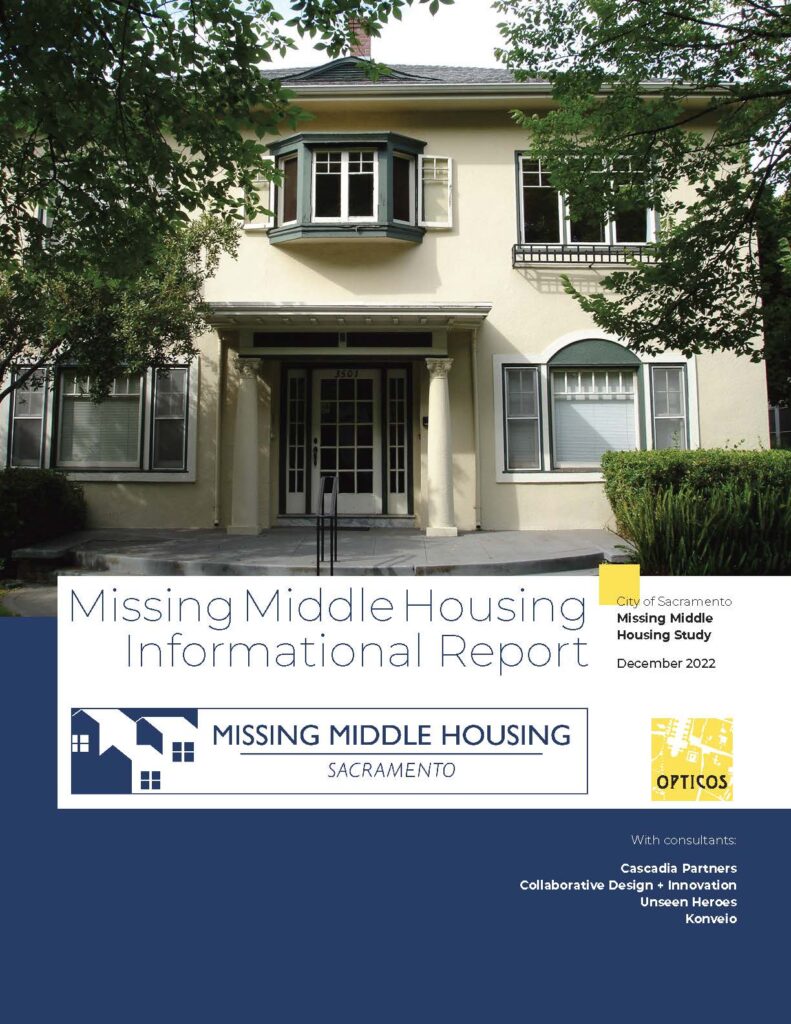
Discover organizations from across Canada, and the rest of the world, who are contributing towards the gentle density movement and the delivery of homes that people want, need & deserve.
Name: Strong Towns
About: Strong Towns is a dynamic nonprofit committed to reshaping urban development paradigms. Their vision is clear: make the Strong Towns Approach the default for growth, development, and prosperity in every city, town, and neighborhood.
Their mission is ambitious—replace the post-war Suburban Experiment with financially robust and resilient development. They advocate for cities of all sizes to be safe, livable, and inviting, elevating local governments to collaborative hubs.
For more information: Explore their work on gentle density & missing middle housing, or if you’re interested in broader urban matters, head to their homepage here.
